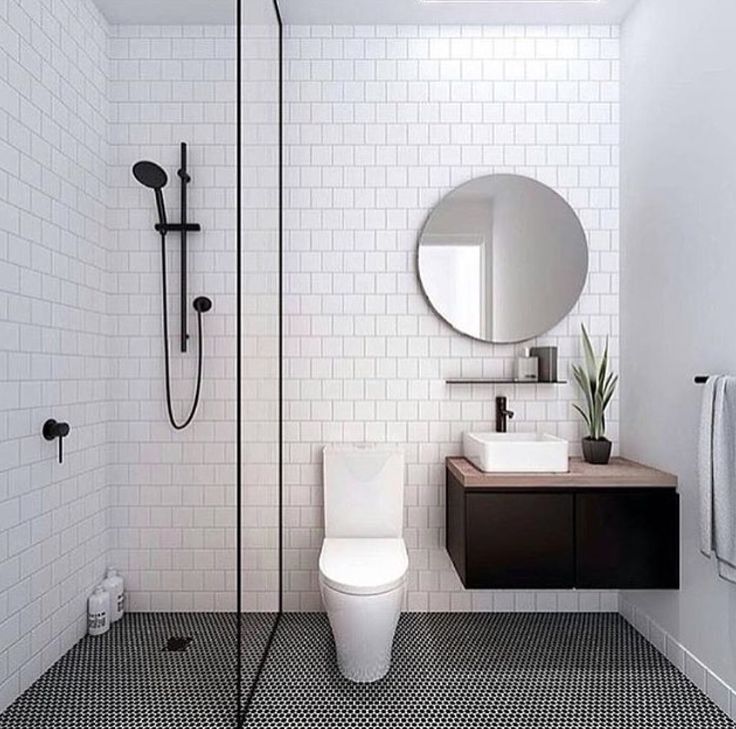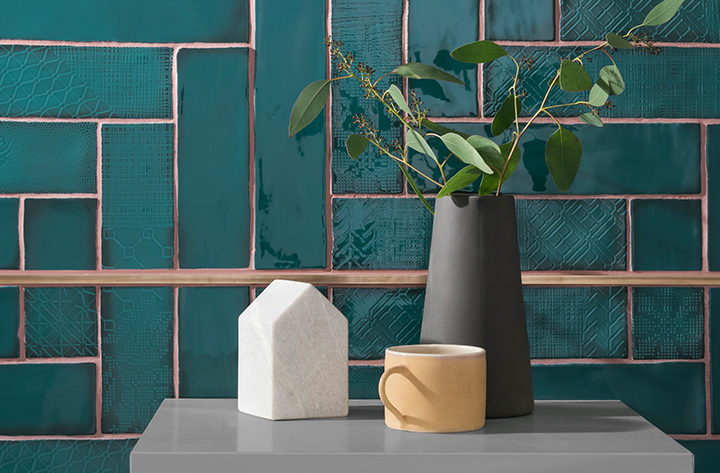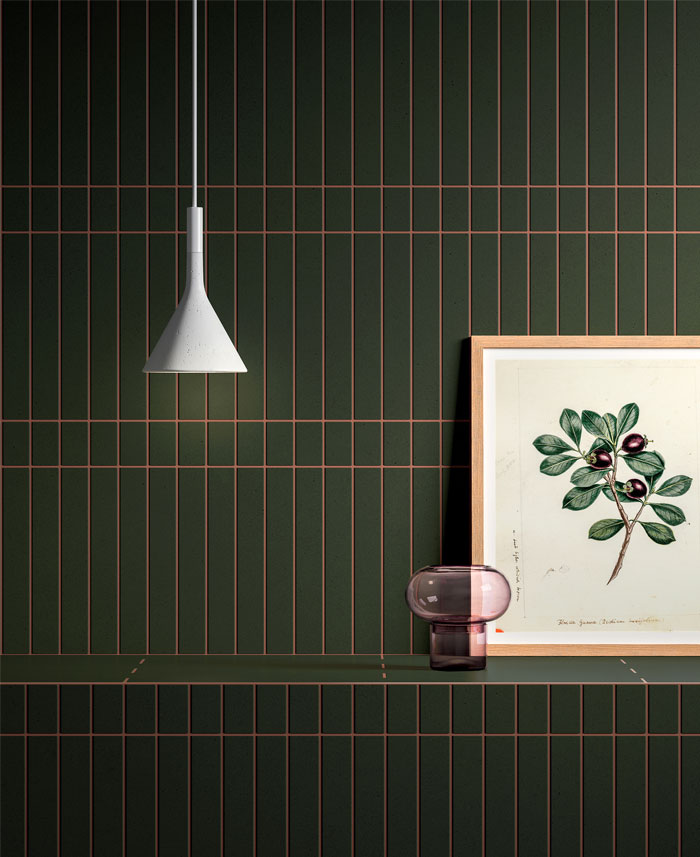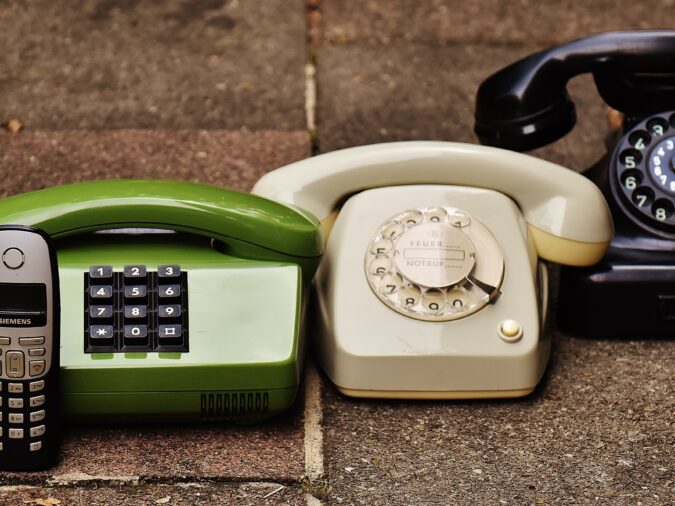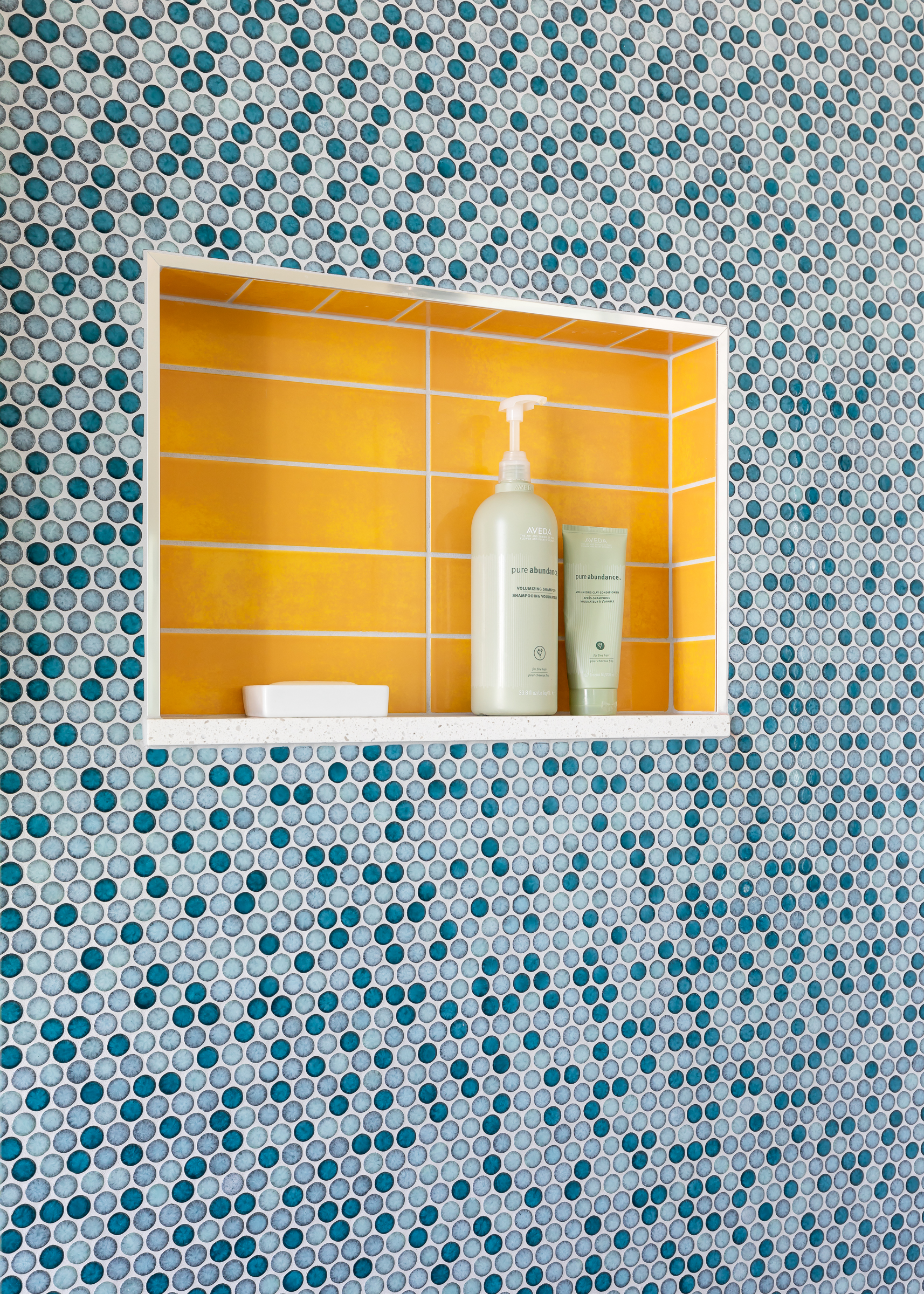CEMENT, URETHANE, OR EPOXY – the right tile grout for your project
CEMENT, URETHANE, OR EPOXY – the right tile grout for your project

Eager to get happy at home right now?
Get 10 tips for a happier home!
Once you have successfully chosen the perfect tile for your project (maybe you were inspired by our team member Angela’s recent post about Tile Styles – I’m still *drooling* over her photo of book-matched marble) you now have to choose grout! Choosing the right tile grout isn’t just about the right color, but also the right *kind* of grout – who knew there was more than one kind?
Don’t fret! Thanks to a team training we did with Sarabeth and the fabulous folks at Seattle Tile I’m here to give you the skinny on how to choose the right grout for your project, and give you a bit of knowledge on why grout matters in the first place!
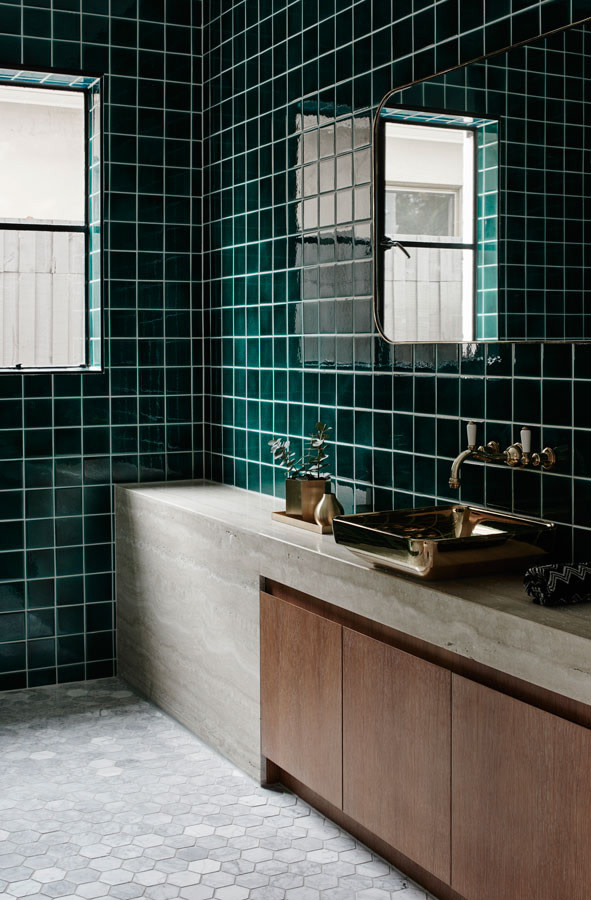
This bold and beautiful green tile goes all the way to the ceiling- and it looks marvelous! Photo credit: Tom Blachford Via

If you’re like most people thinking about grout, you’re probably focused on how the color of the grout will influence the design. There are many ways to land on a grout color and, like all other design decisions, ultimately depends on the feeling you’re trying to evoke in your space. Are you looking for something more classic and subtle, or something more bold and visually interesting? There are a lot of options out there and not one of them is wrong! So if you are trying to decide what color of grout to choose, look at lots of pictures of tile and see what you like. Either pick a color that will highlight the shape and layout of your tile (like how the bright grout against the green tile below shows off the square shape and grid-set), or something that will blend in to the tile and let the tile itself be the star.
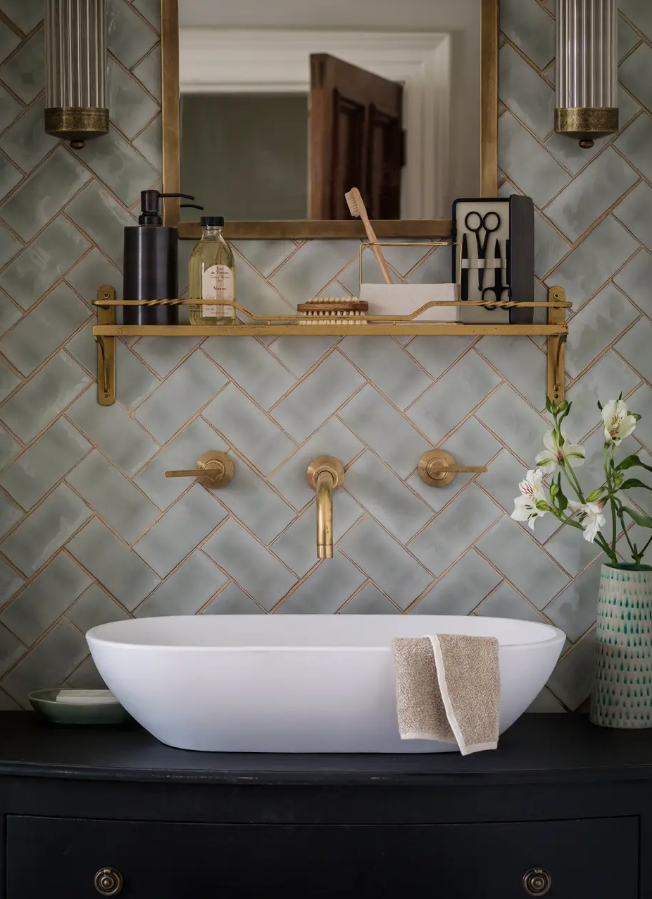
Gold glitter grout is a thing, and it’s *uh-mazing*. If you want to add some extra sparkle to your bathroom, this grout is perfect. Styled by: Marisa Daly & Photo credit: Simon Bevan

Beyond the aesthetics, you also have to choose the best *type* of grout for your project. I run through three main types below, where each kind is best used, and how to care for them after your remodel is complete. First, let’s make sure you know why grout is important in the first place.
– So, what does grout do, anyway? –
Grout doesn’t just look pretty, it also:
➤ Holds your tile in place. The thinset (think “tile glue”) that an installer uses to stick your tile to the wall or floor doesn’t fill the gaps between the tile, meaning it would still be possible to pry up each tile. Once the thinset has dried, they add grout to fill in the spaces (or joints) between each tile, making it impossible to pry up a tile.
➤ Fills in the gaps. Most tile edges are not perfectly straight, so if you try to go for a grout-free installation (which we DO NOT advise except for with certain stacked stone tile), you’ll end up with tiny, impossible-to-clean gaps (eew!!). Grout fills in the gaps and keep debris and dirt from getting between and underneath the tile. How irregular the edges are on your tile (compare a “rectified” tile to a handmade tile) will determine how big those grout lines have to be. Commonly grout lines are between 1/8” to 1/4” wide. More rustic and traditional looks tend to have the wider (1/4”) grout lines and more modern and minimalist looks tend to have the thinner (1/8” or even 1/16”) grout lines.
➤ Protects your tiles. Even for a rectified tile, which can handle a thinner joint, grout protects the delicate edges of each tile so you don’t end up with chips in your beautiful new tile.

Now we get into the nitty-gritty (or should I say “grouty” 😉) details. Remember: Always work closely with your installer when choosing your grout! Some installers won’t work with certain types or have brands that they prefer. A great tile installer will be familiar with the options and help guide you to the best choice (not
just the one he or she finds easiest to install).
Cement Based. This is the “classic” kind of grout and will typically be your most cost effective grout in terms of both the cost of product and the cost of the installation. Depending on how thick of a grout line you’d like, you’ll choose either a sanded version (for grouts larger than 1/8”) or a non-sanded version (for grouts smaller than 1/8”).
➤ Installation Quirks: Cement based grout is porous and can be brittle around edges. To give your tile layout more support, your installer will have to caulk all corners and edges. After installation, your grout will also need be sealed to prevent staining. Color consistency can be an issue for cement based grout – everything from the minerals in the water used to mix your grout to the humidity can cause slight inconsistencies. Additionally, beware of the color of grout you choose, as it is more susceptible to stains over time, especially if you don’t regularly (once or twice a year) re-seal your grout.
Urethane. If you’re worried about mildew and stain-resistance, urethane high performance grout may be the right choice for you! This grout is a premium premixed grout that’s water based. Because its premixed, it not only offers great color consistency, you can also use part of a bucket and store the rest for later use.
➤ Installation Quirks: Urethane needs 7 days to fully cure. That means that if you need your shower back in use quickly it may not be the right choice for your project!! Urethane grout may not be your best choice of grout for natural stone as it may cause discoloration over time. It is also not a great choice for fireplace surrounds or steam showers because the heat will soften the grout lines – no fun!
Epoxy. Epoxy grout is the more common performance grout in the US (Urethane is more common in Europe). It has a lot of the same stain-resistance properties of Urethane (yea) and doesn’t require the 7-day cure-time of Urethan (yea!) but if you’re interested in this type of grout make sure you hire a skilled and experienced installer who knows how to work accurately and efficiently. It hardens quickly and will drive an inexperienced installer nuts!
➤ Installation Quirks: When the base and activator of an epoxy are combined, a chemical reaction starts, which makes it harder to work with over time. Typically an installer has about 4 hours before the grout sets and becomes too hard to work with. We always recommend a professional for an Epoxy installation. Additionally, epoxy grout should not be used for outside installations because UV rays will cause your grout to discolor over time.
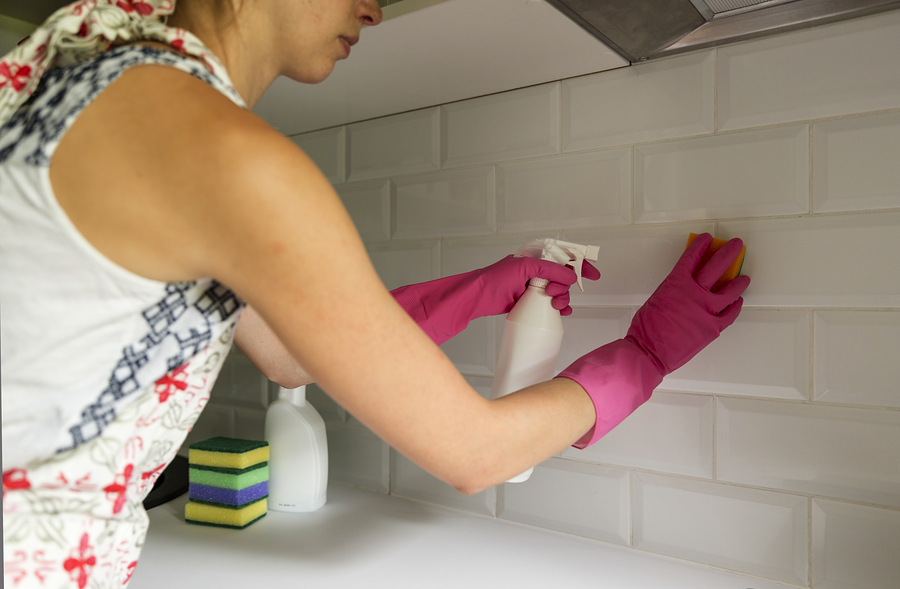

Cement Based: It’s *very* important to seal cement-based grout – it’s porous and lime-based, so unsealed cement-based grout will stain and degrade, especially if you use acid-based cleansers (which you should avoid). You should plan to reseal at least once every year for maintenance. Most folks fail to do this and then get frustrated with the staining and mildew that shows up over time. Remember that because this grout is sensitive to both stains and chemicals, you should only clean using a neutral PH cleaner.
Urethane: Urethane grout never needs sealing, but you do have to be careful about the cleaning products that you use on it. Like cement based grouts, you’ll want to use a neutral PH cleaner and avoid acids (including vinegar). Also watch out for natural cleaners that contain oils and enzymes that break down the urethane over time, like Meyers or Method. If you have a stain you’d like to get out, they recommend using
Softscrub with Bleach and a toothbrush to work in small areas at a time.
Epoxy: Again, Epoxy and urethane are cut from the same cloth here! Avoid acids, never steam clean and don’t use natural cleaners that contain oils or enzymes!
– Can’t I just have fun with grout? –
Of course you can! Getting the grout type right is important so that you love it over time with as little care and worry as possible. That will free you up to love the look of your kitchen or bath and simply enjoy how the grout shows off the interesting tile layout your choose, or the way it draws out and ties together the color of your counters or walls. When planned thoughtfully, grout can be a great design feature in your space! Unexpected grout color is a wonderful way to add a little spice to your tile design, like in this bathroom by Noji Architects, with gray hex tile paired with a red grout. And this bathroom where simple white grout sets off the dramatic black tile!
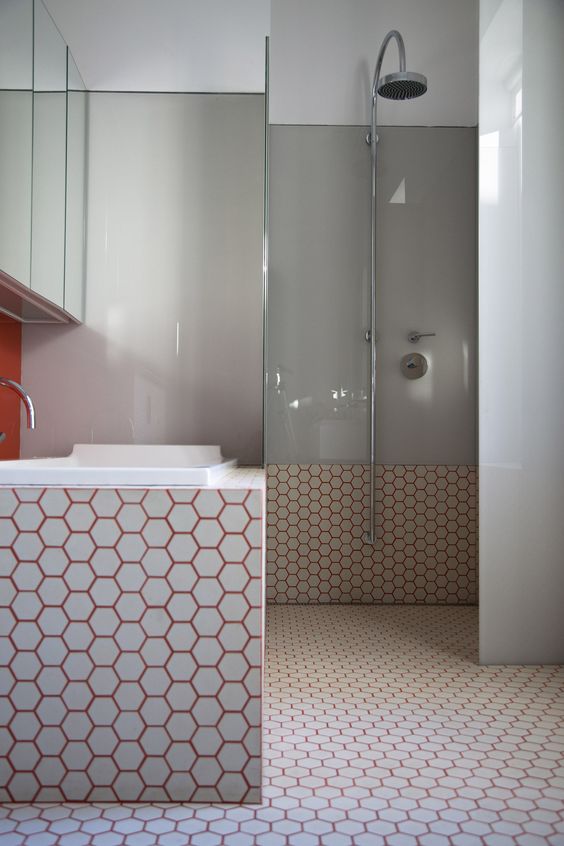
Red grout, or any unique-colored grout, is a wonderful way to transform your tile into something super fun- which is exactly what Noji Architects did in this bathroom.
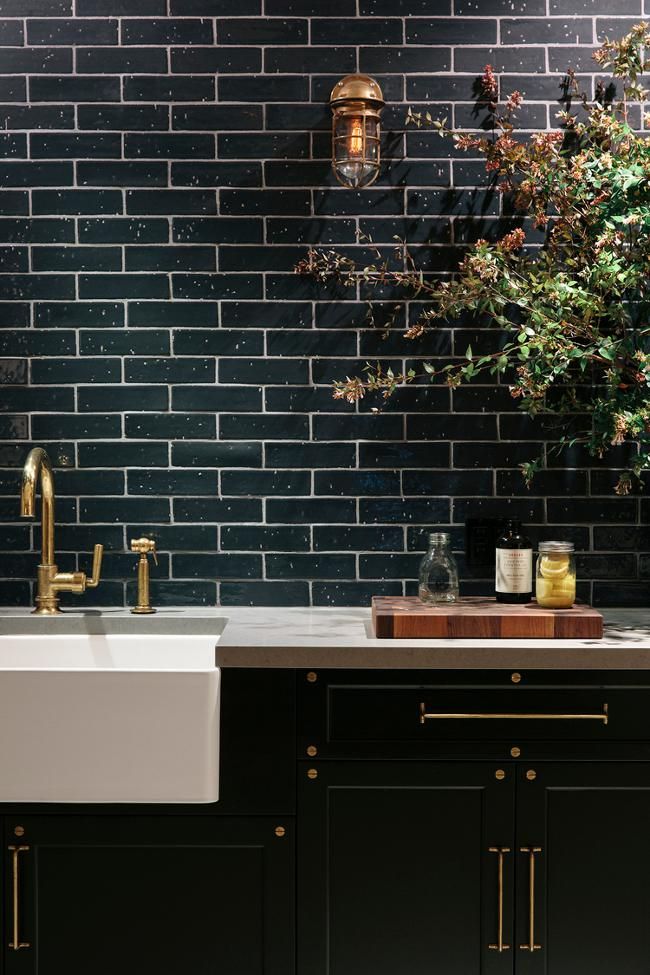
Tip: Brass faucets and hardware go AMAZING with black tile. A very trendy look to your kitchen or bathroom. This one was designed by Catherine Kwong.
You might also be inspired by our team member Angela’s blog post “Subway Tile Five Ways” showing how white subway tile, which is a timeless addition to any space, can be personalized with a fun pattern set off by a contrasting grout! Both grout color and type can have a big influence on the success of your tile project, so make sure you have a clear idea of what your end goal is! Like everything else in the design world, there are more options out there than we need, so having a goal and vision to work towards is important when there are so many decisions to make along the way. Ready to hone in on the options that are right for you and your home? Let’s meet virtually in a Design Helpline and talk about your project!
May your home (and your Grout!) always be happy!

HI, I'M REBECCA WEST!
I’m an interior designer, author, podcaster, speaker, and coach to other designers. (Whew!) But I’m not your classic interior designer because, frankly, I don’t care if you buy a new sofa. I do care if your home supports your goals and feels like “you.” Remember, happy starts at home!
More From Seriously Happy Homes
Are you ready for a seriously happy home?
(Cue the confetti!)

Eager to get happy at home right now?

